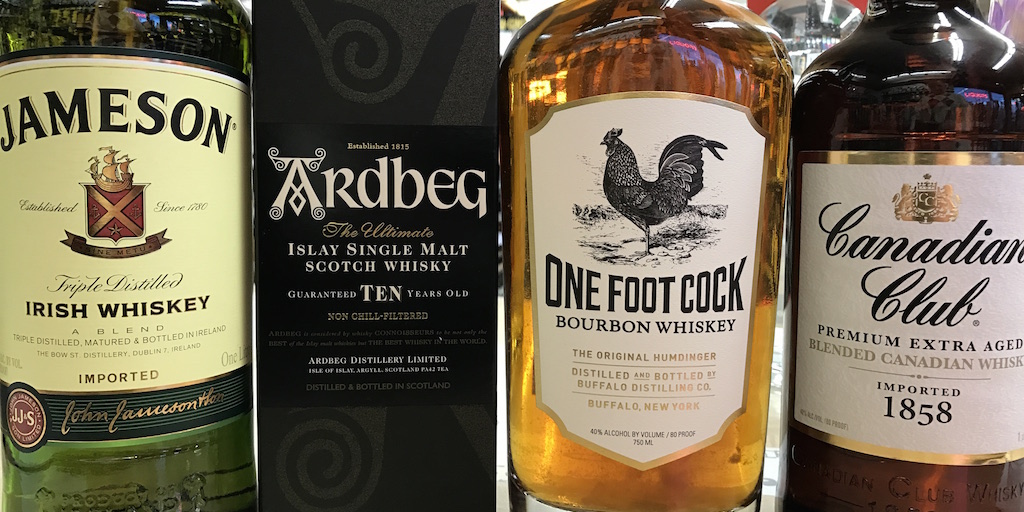What Makes Irish Whiskey “Irish”
There is a great deal of confusion out there about what differentiates the various brown spirits that we collectively refer to as ‘whiskey’, or ‘whisky’, (more about the difference in spelling another day). Whiskey is a very broad category of distilled spirit that should be seen as the umbrella category. For example, Scotch, Bourbon, and Irish are all types of whiskey; in other words, all Scotch is whiskey, but not all whiskey is Scotch. All whiskeys are distilled from fermented grains and are typically aged in wood barrels. From there, national and local laws determine what other classifications can be used for labeling a whiskey.
Irish whiskey is one such classification that is codified in Irish law. The regulations are pretty basic, especially when compared to neighboring Scotland, but they do serve the purpose of ensuring anything with the words “Irish Whiskey” on the label meets particular quality standards. Put simply, Irish whiskey must be made on the island of Ireland (including Northern Ireland), must be made with a mash of cereal grains, and must be aged in wood casks for at least three years.
The laws also state that if the bottling is a blend of two or more distillations the whiskey must be labeled as a blend. This is in contrast to ‘single malt’ or ‘single pot still’ which are also commonly produced by Irish distillers. Some of the most famous Irish whiskey brands such as Jameson and Tullamore Dew are blended whiskeys. Brands such as Redbreast and Green Spot which are single pot still whiskeys have been growing in popularity recently.
 Since the regulations are fairly open in what can be called an Irish Whiskey, there is are a variety of styles. Traditionally, most of the larger distillers vented the smoke and heat from the fermentation process which means that the smokey flavors commonly associated with Scotch whisky will not be found in most Irish whiskeys. Additionally, many Irish Whiskeys use wood casks that previously held bourbon and sherry to age their whiskey as opposed to using new oak which bourbon distillers must use. These used casks impart different flavors on the whiskey than new barrels do. Of course there are exceptions to both of these facts and there are an increasing number of new distillers in Ireland that continue to evolve the spirit.
Since the regulations are fairly open in what can be called an Irish Whiskey, there is are a variety of styles. Traditionally, most of the larger distillers vented the smoke and heat from the fermentation process which means that the smokey flavors commonly associated with Scotch whisky will not be found in most Irish whiskeys. Additionally, many Irish Whiskeys use wood casks that previously held bourbon and sherry to age their whiskey as opposed to using new oak which bourbon distillers must use. These used casks impart different flavors on the whiskey than new barrels do. Of course there are exceptions to both of these facts and there are an increasing number of new distillers in Ireland that continue to evolve the spirit.
The resulting whiskeys are typically very smooth and have a slight sweetness that makes them so popular. In fact, Irish Whiskey is growing in popularity at such a fast pace these days that the distilleries are having a hard time keeping up with demand. Remember, these whiskeys need to age for a minimum of three years, but in fact many age their products even longer. While new distilleries are coming online at a rapid pace in Ireland, some of the experts are predicting global shortages in the next few years.
So, as St. Patrick’s Day approaches this year, and you head to the store to pick up your annual bottle of Jameson, take a moment to look at some of the other Irish Whiskeys on the shelf and consider a bottle of pot still or single malt to do some fun comparison tasting with your friends.
Happy St. Paddy’s Day! Sláinte!


